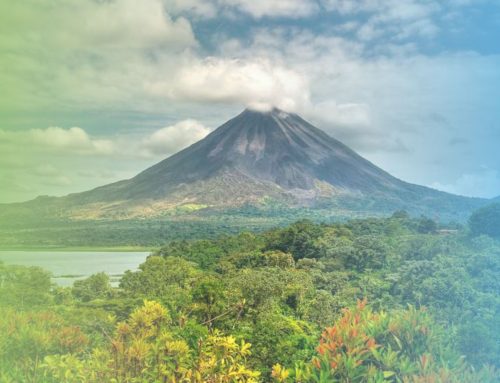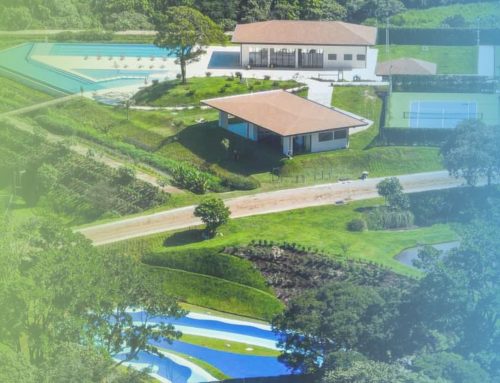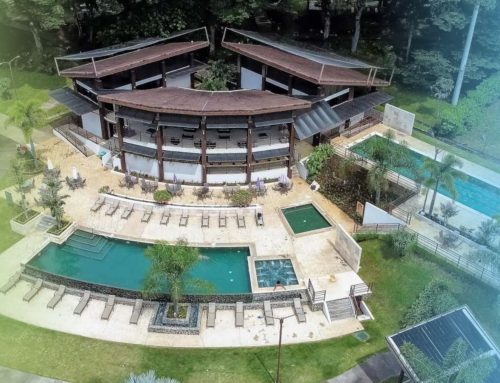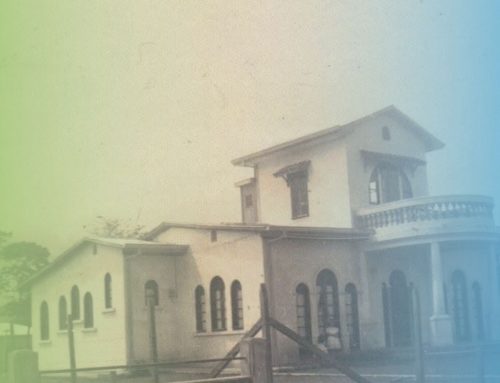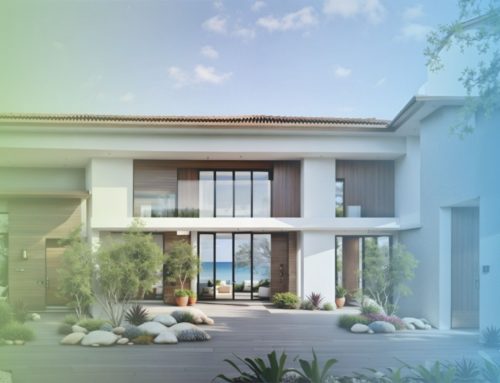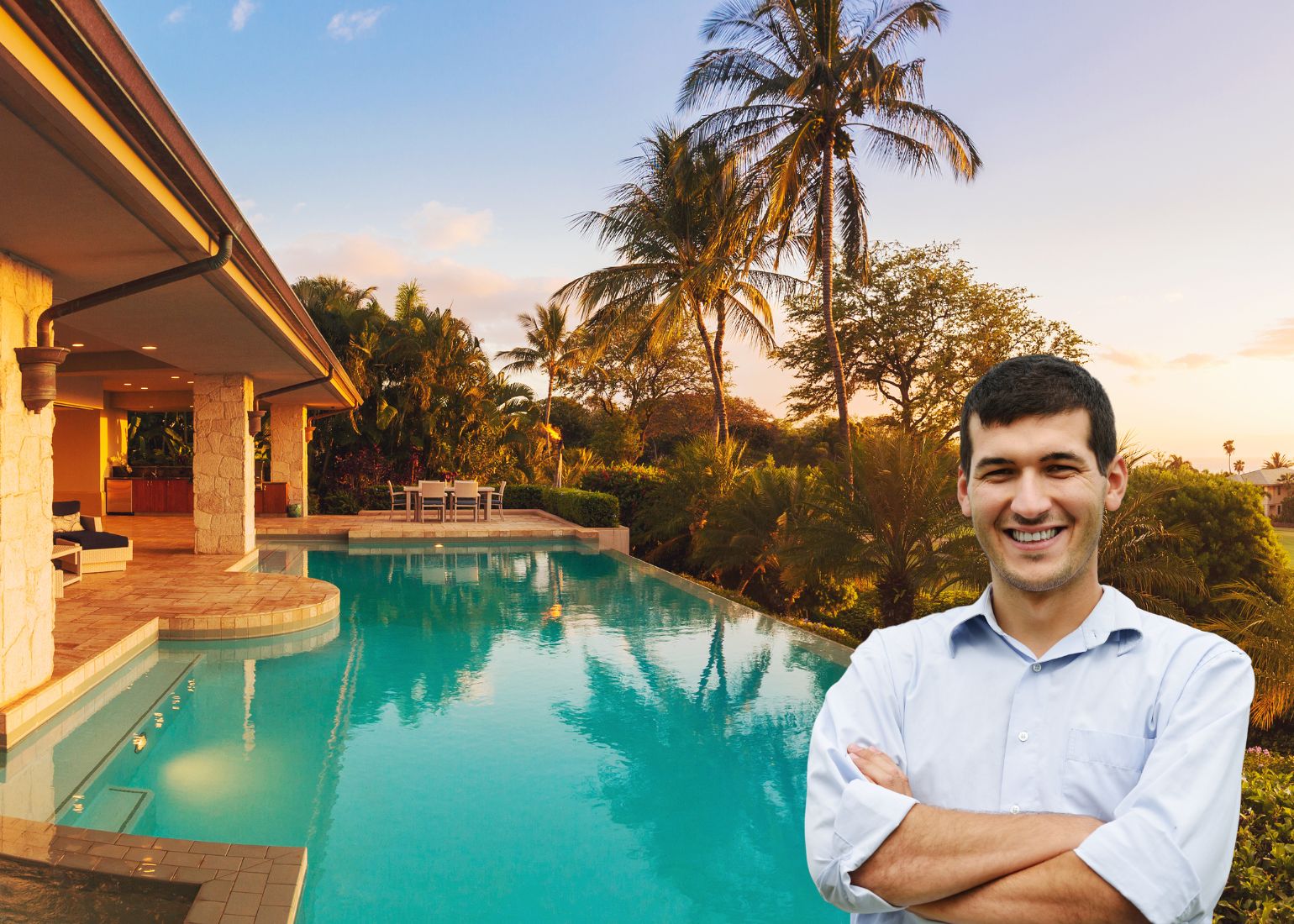The Costa Rican government aims to become carbon neutral by 2021, and the work of Costa Ricans in this process is increasing more every day. Many people have wondered if they should use solar energy at home, not only to help the planet but also save money. If you wish to commit to this change, clarify all your doubts with the information below.
The Process
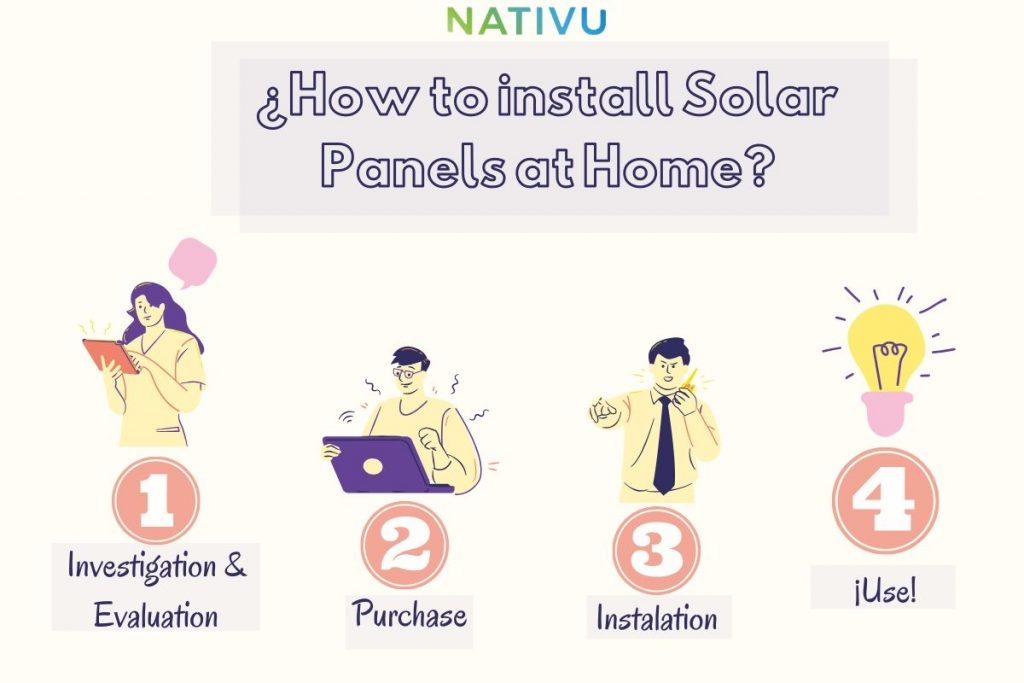
Investigation & Evaluation: The first step in putting solar energy at home is evaluating whether it is the best decision for you. It’s all down to the location of your home, the investment budget, the type of panels you need, the infrastructure in your home, and the amount of energy you consume daily.
Purchase: In Costa Rica there are several suppliers for Solar Panels in your home. It is very important that you buy the type of panel that is appropriate for your home and the energy consumption of your home.
Instalation: With the consultants of the company that you already decided to hire in Step 2, you should evaluate your property to see where the solar panels can be located for optimization and security.
¡Use! When the installation process is complete, the use of the energy produced can be monitored with an app on your cell phone / tablet. An important tip to consider is to move the use of heavy appliances to daylight hours, for example not using the washing machine / dryer at night.
FAQ’s
What is a solar panel and how does it work?
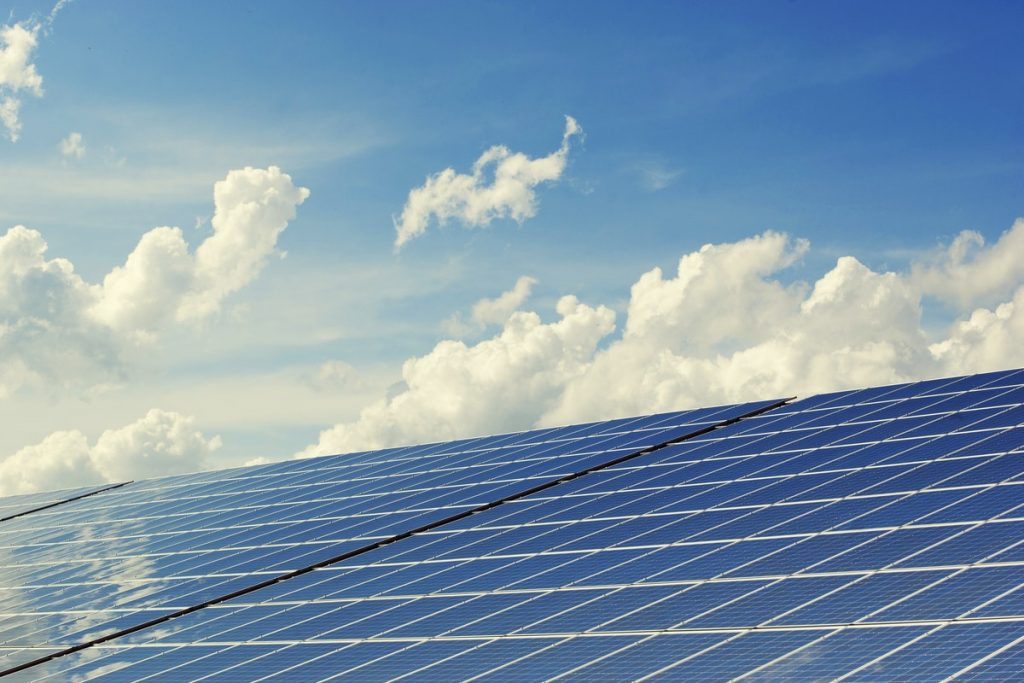
There are two types of solar panels: concentrated solar and photovoltaic. The latter are the most frequently used panels. These photovoltaic plates are made of an aluminum structure filled with solar cells made of crystalline silicon. These are responsible for converting solar radiation into usable energy.
How do I know which panel to use?
Photovoltaic panels come in business style that are for industrial use, and those for home use. There are three types of these, and the difference is efficiency – and price. The Monocrystalline panel is the most expensive, and it has a very high efficiency of 330 wP – 400 wP. The following is the Polycrystalline that produces from 270 wP – 330 wP. And finally there is the Amorphous with a production less than 270 wP.
This affects your decision because it depends first on the investment budget, and second on the space you have. If you do not have a lot of space to place the panels, it is better to use monocrystallines to maximize energy production with less space.
Will they damage my roof?
On the contrary! They will actually protect your roof from wear and tear from rain, sun, etc. If your ceiling is not suitable for this installation, they can also be placed on the floor, or on another construction for the panels. The technicians who help you install them will be able to advise you on the best location for them.
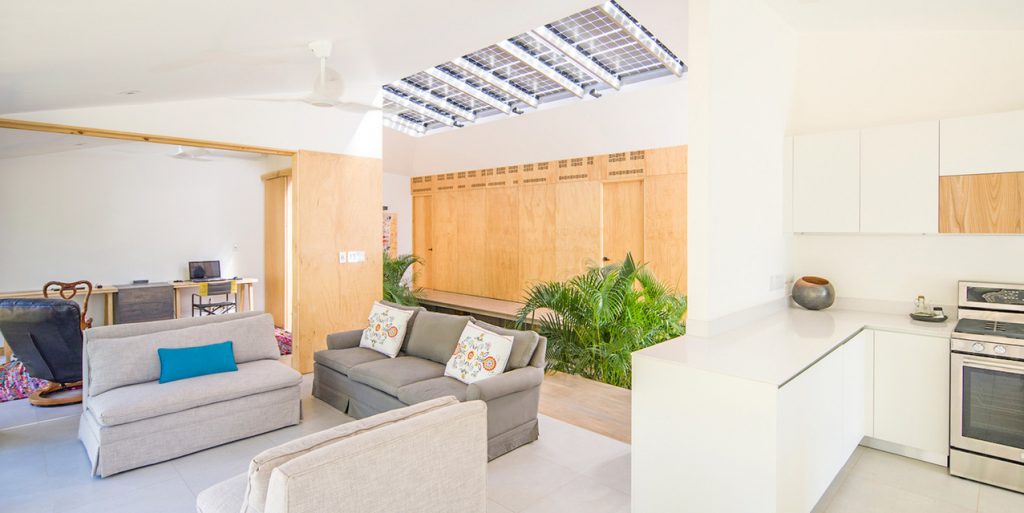
Is my property appropriate?
If you live in an area with very little sun, it is better to look for other forms of sustainable energy. Similarly, the specialists who are responsible for installing and selling the solar panels are in charge of evaluating your property before letting you start the process.
Is it expensive?
The price is not cheap, an investment is necessary, but also the price in the market has been falling in recent years and is now much more accessible than before. Furthermore, using solar energy at home is an investment that over time will save you more than you invested!
What if I don’t want to live here all my life?
If you don’t see yourself in the same house in 30 years, or the rest of your life, it doesn’t matter! Because when you want to sell the property, having solar panels at home increases the value of the property.
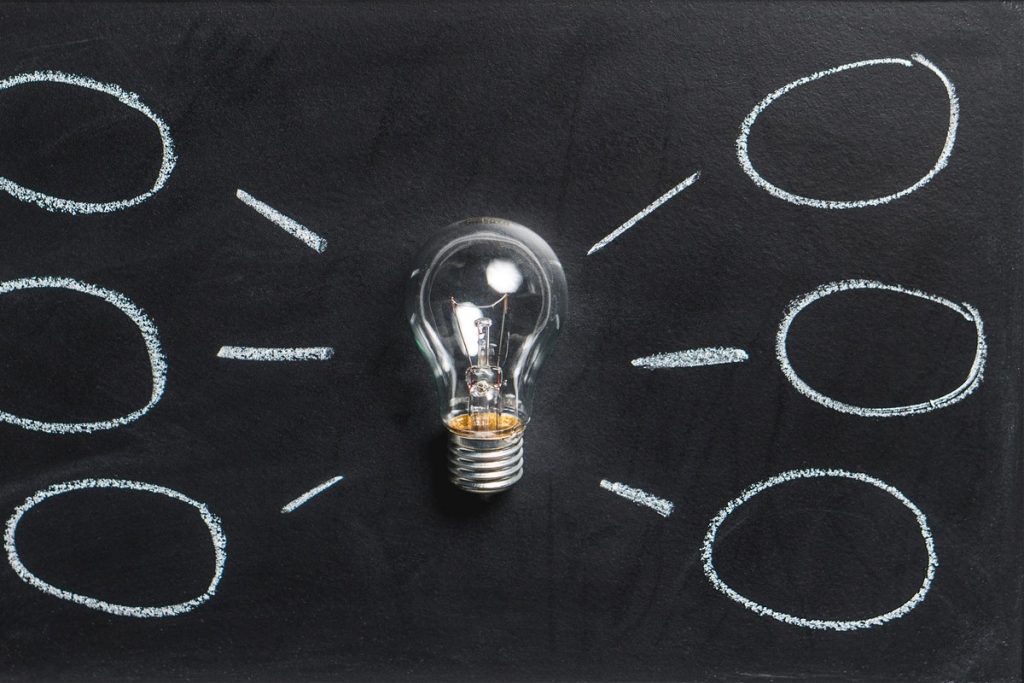
Can I live off only the solar energy produced?
Yes and no. It all depends on the amount of energy the panels produce, and this depends on the amount of sun that is there daily. Since this is not a stable constant amount, there will be days when it will not produce enough energy and others that you will have to spare.
Battery or connected to the network?
If you decide to connect to the network, when you produce surplus energy you have the possibility of selling it to the electricity company you have installed (ICE, CNFL, etc). And when you don’t produce enough energy for the house, you can use their services. On the contrary, you can also use batteries to save the energy the panels produce and also in case you have not produced enough.
In conclusion, the research and evaluation process of installing solar panels at home is longer than the installation itself, and it may seem like a lot of information. But if you are committed to the planet, this small investment will unleash many great changes!


